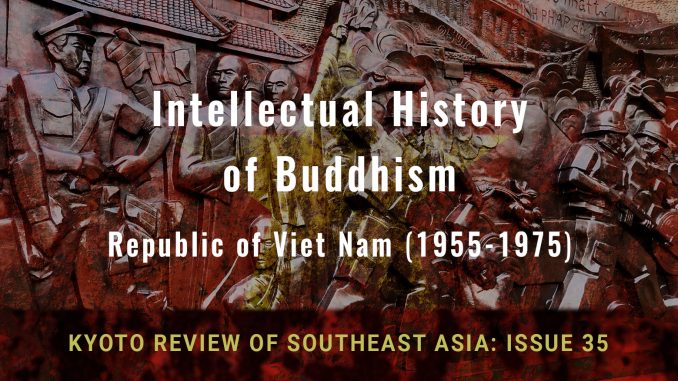
Images of Buddhist protest are an enduring part of the collective memory of the Second Indochina War. Along with the most iconic image of Thích Quảng Đức’s June 1963 self-immolation in protest of Ngô Đình Diệm’s Buddhist policy, images of marches and protest meditations in Saigon abound. On the surface, the proximate reasons for these protests have been well understood since they began: in 1963, groups of politically active Buddhist monks, led by a faction from Huế were upset over the Diệm administrations heavy-handed enforcement of a restriction on sectarian flags, and over Diệm’s insensitivity to Buddhist concerns. In 1965-66, Buddhists, again led from Huế and now politically engaged on an even broader level, were calling for a swift end to military dictatorship; some went further and called for a withdrawal of US troops and a negotiated settlement to end the war.
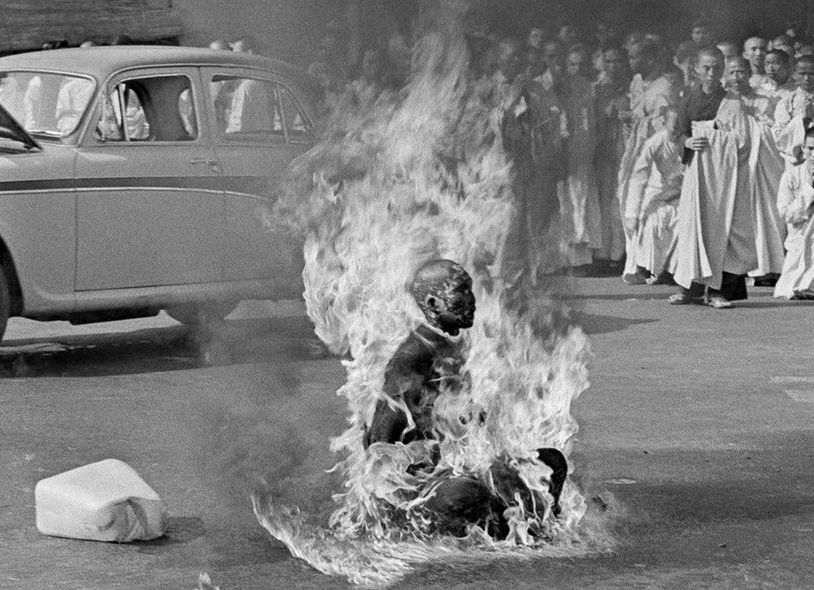

This much is well understood. But until recently, the broader motivations and worldview of Buddhists participating in the protests has been less well understood, particularly beyond those of very famous figures such as Thích Tri Quang (1923-2019) and Thích Nhất Hạnh (1926-2022). To the extent that popular authors approached this question, especially in the United States, their explanations tended toward caricatures of limited utility. To long-time New York Times correspondent David Halberstam, these monks “looked like people who had been sheltered” and who had “little contact with the Western world.” They were thus “incredibly naïve.” 1 To Frances Fitzgerald, the secret to understanding the Buddhist protests lay “in the depths of Vietnamese history,” in the historic tension between Buddhist and Confucian worldviews.
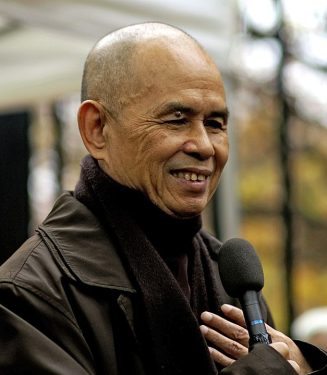
Over the course of the last several decades, scholars have worked to place these events in context, focusing not as much on the “sheltered world” of Buddhists in the “depths of Vietnamese history” but rather on two critical Buddhist reform movements that took place from the 1920s to 1950s. First, during the Buddhist revival of the 1920s and 1930s, Buddhist monks across regions and sects participated in a Buddhist revival focused primarily on improving and standardizing the system of education in Buddhist monasteries to elevate it to the level of the best Franco-Vietnamese schools. 2 With the advent of this structured education, the Buddhist monks of the 1960s, who were educated in this period, became educated not only in broader Buddhist doctrine but in global secular affairs as well. Second, during the 1940s and 1950s, Vietnamese Buddhists participated in efforts to unify world Buddhists across sectarian divisions, attending multiple World Buddhist Congresses in which Buddhists wrestled with how to be engaged in politics and current events, including taking a stand in favor of the Dalai Lama, while still not taking a partisan side the Cold War. 3 In the course of that effort, Vietnamese Buddhists became even more engaged, not only with global trends in thought such as existentialism and structuralism, but with modernist Buddhist texts from around the world.
This volume presents an exploration of this intellectual context for Buddhist political actions in Vietnam in the 1960s. Each essay focuses on exploring the motivations of key Buddhist actors. They attempt to delve into key Buddhist journals and texts to discover the connections between political actions of the 1960s and Buddhist experiences from the 1930s to 1950s. In his article on the self-immolation of Thích Quảng Đức (1897-1963), Hoang Ngo explores two important points: the political nature of Thích Quảng Đức’s biography, which was published by the Vietnamese Unified Buddhist Church, and the fact that Thích Quảng Đức’s death was a planned event and not a spontaneous act of martyrdom. He traces the nature of self-immolation to the Lotus Sutra and argues that Thích Quảng Đức’s self-immolation was not a political act of resistance against the South Vietnamese regime but rather a performance of the Lotus Sutra to help Vietnamese Buddhists to free themselves from their suffering. Hoang Ngo discusses the representation of Thích Quảng Đức’s self-immolation as part of a larger Buddhist historical and religious context in South Vietnam in the 1960s and connects it to the nationalist version of Vietnamese history in the Socialist Republic of Vietnam at the present.
Wynn Gadkar-Wilcox looks at the aftermath of the Buddhist Crisis in 1963 that brought a semblance of unity among different quarreling Buddhist groups. This unity was formalized in the creation of the United Buddhist Sangha (UBC). Gadkar-Wilcox considers this unity through the article published in Liên Hoa Nguyệt San (Lotus Monthly), the most influential Buddhist outlet in South Vietnam at the time that also became the mouthpieces of the UBC. Gadkar-Wilcox argues that Lotus Monthly provided a platform for the ideas of Thích Trí Quang (1923-2019), a leader of the 1963 Buddhist crisis in Hue, in South Vietnam, and then in the 1966 protests. As a result, it became instrumental in fomenting and sustaining political agitation between 1963 and 1966.
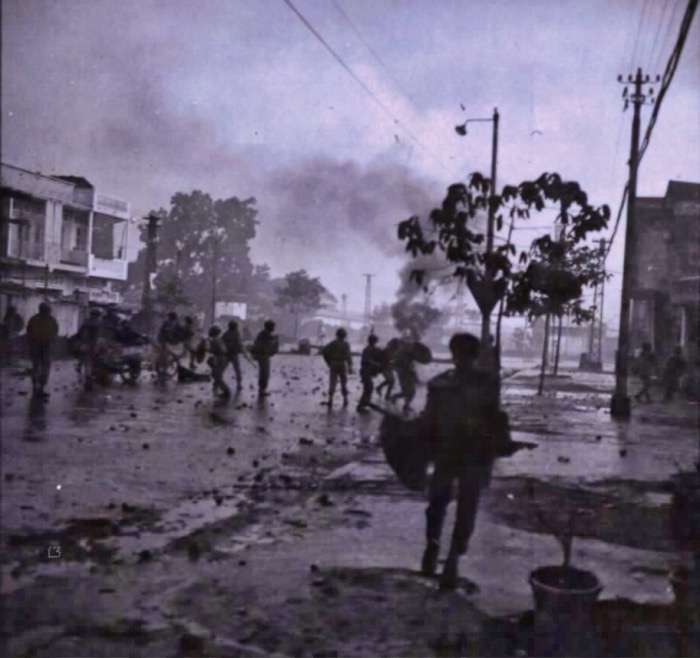
Kevin Pham focuses on Thích Trí Quang’s political theory. Pham first considers Thích Trí Quang’s representation in The New York Times and Time Magazine that, in his opinion, represent American fascination with Thich Tri Quang that was, at least in part inspired by the controversy about his political ideas. As a result, he was labeled communist, anti-communist, peace-lover, or war-hawk. Pham argues that Thích Trí Quang should be understood as a Buddhist monk whose Buddhist beliefs might influence or explain his political thought through the lens of Buddhist political theory, the view that politics is ultimately unimportant yet inevitable and at times necessary to produce conditions for individual spiritual progress.
Adrienne Minh-Châu Lê illuminates the figure of Thích Nhất Hạnh (1926-2022), one of the most famous teachers of Buddhism in the world based on his own writings. She focuses on his activities in South Vietnam in comparison with other Buddhists. Not considering traditional Buddhism relevant for the war time, Thích Nhất Hạnh advocated socially engaged Buddhism as a form of nonviolent patriotism and nation-building before and during the Vietnam War. Lê specifically addresses his work with youth as agents of social change on the example of The School of Youth for Social Service (SYSS), thus, giving Buddhist youth the means to build toward a positive vision of social and economic development.
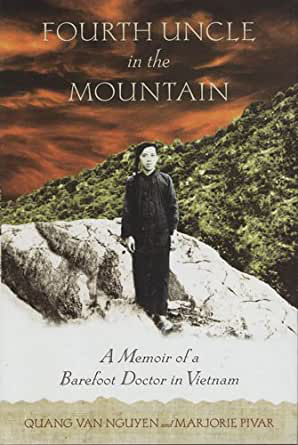 Finally, Quảng Huyền brings to us a story of the itinerant healer and Buddhist master in the Mekong Delta, Nguyễn Văn Quảng (ca.1950–present), as it is recounted in the book Fourth Uncle in the Mountain: A Memoir of a Barefoot Doctor in Vietnam. Tracing the life of Nguyễn Văn Quảng, Quảng Huyền sees the book as “a lesson of memory” to pass to the future generation. He argues that Nguyễn Văn Quảng’s religion is a mélange of traditions that made his experience non-sectarian. For Nguyễn Văn Quảng, Buddhism was a mobile tradition that entailed traversing the delta in search of religious attainment while delivering people from illness and suffering.
Finally, Quảng Huyền brings to us a story of the itinerant healer and Buddhist master in the Mekong Delta, Nguyễn Văn Quảng (ca.1950–present), as it is recounted in the book Fourth Uncle in the Mountain: A Memoir of a Barefoot Doctor in Vietnam. Tracing the life of Nguyễn Văn Quảng, Quảng Huyền sees the book as “a lesson of memory” to pass to the future generation. He argues that Nguyễn Văn Quảng’s religion is a mélange of traditions that made his experience non-sectarian. For Nguyễn Văn Quảng, Buddhism was a mobile tradition that entailed traversing the delta in search of religious attainment while delivering people from illness and suffering.
Together, these articles provide a snapshot of some exciting new work, mostly from younger scholars who are looking at the intellectual and political history of the Buddhist movement in the 1960s and 1970s in new ways.
Wynn Gadkar-Wilcox and Olga Dror
Western Connecticut State University/Texas A&M University
Guest Editors: Kyoto Review of Southeast Asia – Issue 35 – March 2023
Main Articles in Seven Languages

Article 1
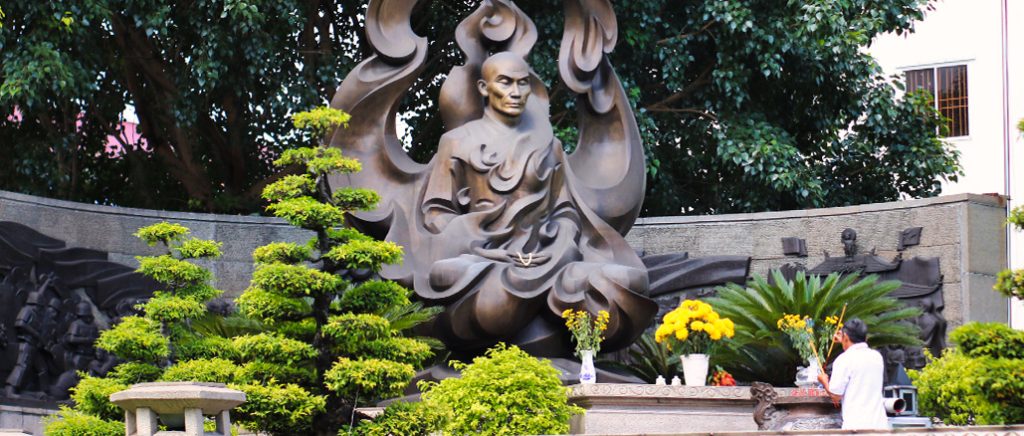
- From Death to Birth: Biography, Religious Context, and Remembering of Thích Quảng Đức and his Self-Immolation
- Dari Kematian Hingga Kelahiran: Biografi, Konteks Keagamaan, dan Upaya Mengingat Thích Quảng Đức serta Aksinya Membakar Diri
- จากความตายถึงการกำเนิด : ชีวประวัติ บริบททางศาสนา และการจดจำทิก กว๋าง ดึ๊กกับการเผาร่างพลีชีพ
- 死から生へ ティック・クアン・ドックの生涯と焼身自殺…伝記、宗教的背景と追想
- Từ Lúc Chết Đến Lúc Sinh Ra: Tiểu Sử, Bối Cảnh Tôn Giáo, Và Tưởng Nhớ Về Thích Quảng Đức Và Vụ Tự Thiêu Của Ngài
- Mula Kamatayan hanggang Pagsilang: Talambuhay, Kontekstong Pangrelihiyon, at Pag-alala kay Thích Quảng Đức at sa kanyang Pagsunog sa Sarili
- မိမိကိုယ်ကို မီးရှို့ဆန္ဒပြတော်မူသော ထစ်ကွမ်ဒုဆရာတော်၏ ဘဝဖြစ်စဥ်၊ ဘာသာရေးနောက်ခံကို ပြန်ပြောင်းအမှတ်ရခြင်း – ပျံလွန်တော်မူချိန်မှ ဖွားတော်မူချိန်အထိ
Article 2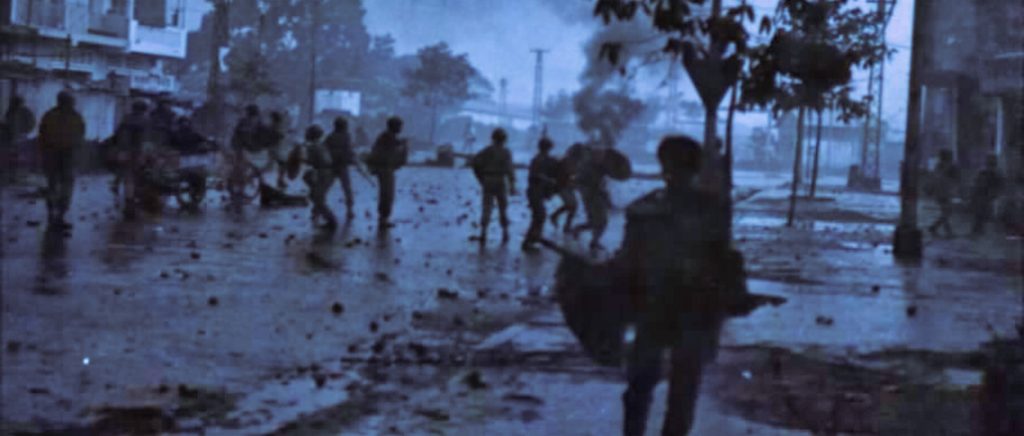
- Aftermath of the 1963 Buddhist Crisis in the Pages of Lotus Monthly (Liên Hoa Nguyệt San)
- Buntut Krisis Buddhis 1964 dalam Laporan Bulanan Teratai (Liên Hoa Nguyệt San)
- ควันหลงหลังวิกฤตการณ์พุทธศาสนาปี 1963 ในหน้าวารสาร Lotus Monthly (Liên Hoa Nguyệt San)
- Lotus Monthly (Liên Hoa Nguyệt San)で読む1963年仏教徒危機の影響
- Hậu quả của cuộc khủng hoảng Phật giáo năm 1963 qua tờ Liên Hoa Nguyệt San
- Ang Kinahinatnan ng Budistang Krisis noong 1963 batay sa mga Pahina ng Lotus Monthly (Liên Hoa Nguyệt San)
- ကြာဖြူလစဥ်စာစောင်တွင် ပါရှိသော ၁၉၆၃ ဗုဒ္ဓဘာသာအရေးအခင်း၏ နောက်ဆက်တွဲ အကြောင်းချင်းရာများ
Article 3

- Making Sense of Thích Trí Quang: The Machiavellianism of Buddhist Political Theory
- Memahami Thích Trí Quang: Machiavellianisme Teori Politik Buddhis
- ทำความเข้าใจทิก ถี กวาง: ลักษณะแบบมาเคียเวลลีในทฤษฎีการเมืองแนวพุทธ
- ティック・チ・クアンを理解する 仏教的政治論のマキャベリズム
- Hiểu Thích Trí Quang: Chủ nghĩa Machiavellianism của Lí thuyết Chính trị Phật giáo
- Pag-unawa kay Thích Trí Quang: Ang Machiavellian na Budistang Teoryang Politikal
- ထစ်ထျွီကွမ်ကို နားလည်ရန် ကြိုးစားခြင်း ဗုဒ္ဓဘာသာနိုင်ငံရေးသီအိုရီ၏ မာခီယာဗဲလီယန်ဝါဒ
Article 4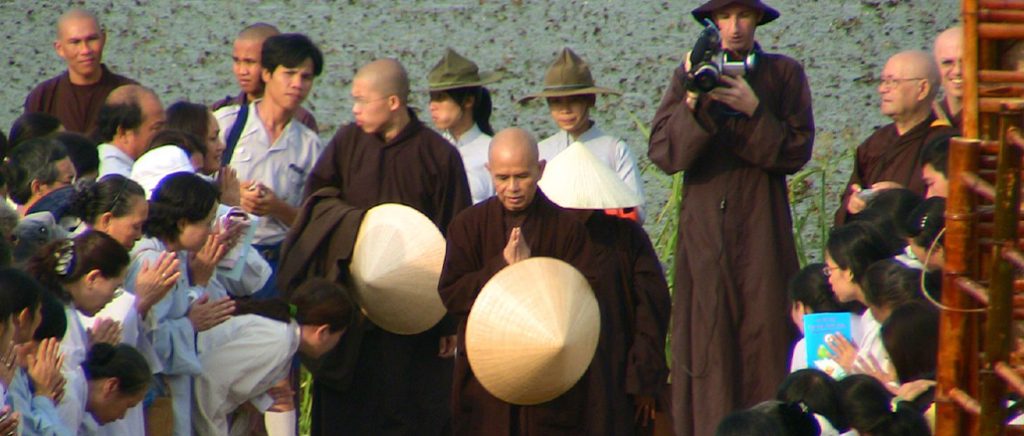
- Engaged Buddhism and Vietnamese Nation-building in the Early Writings of Thích Nhất Hạnh
- Ajaran Buddha yang Terlibat dan Pembangunan Bangsa Vietnam dalam Tulisan-tulisan Awal Thích Nhất Hạnh
- แนวคิด “พุทธศาสนาเพื่อสังคม” กับการสร้างชาติเวียดนามในงานเขียนยุคต้นของติช นัท ฮันห์
- ティク・ナット・ハンの初期著作における 社会参加仏教とベトナムの国造り
- Đạo Phật dấn thân và xây dựng đất nước Việt Nam trong các trang viết đầu tiên của Thích Nhất Hạnh
- Pakikisangkot ng Budismo at Pagbubuo ng Nasyon ng mga Vietnamese sa mga Maagang Sulatin ni Thích Nhất Hạnh
- ဆရာတော် ထစ်နက်ဟန်၏ အစောပိုင်း ရေးသားချက်များတွင် တွေ့ရသော ထိတွေ့ဆက်ဆံ ဗုဒ္ဓဝါဒ (Engaged Buddhism) နှင့် ဗီယက်နမ် အမျိုးသားတိုင်းပြည်တည်ဆောက်ခြင်း
Article 5
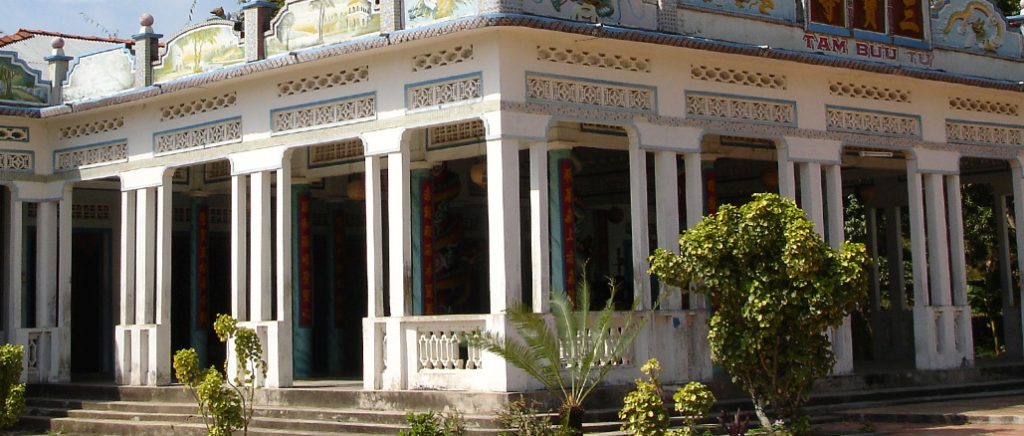
- Magic and Memory: Considering an Itinerant Doctor’s Account of Living Buddhism during the Republic of Vietnam
- Keajaiban dan Kenangan: Menimbang Catatan Dokter Kembara tentang Falsafah Hidup Buddhisme di Masa Republik Vietnam
- มนตรากับความทรงจำ: พินิจเรื่องราวชีวิตในศาสนาพุทธของหมอพเนจรสมัยสาธารณรัฐเวียดนาม
- 魔法と記憶 ベトナム共和国時代を仏教徒として生きた旅医者の物語の考察
- Ma thuật và Trí nhớ: Xem xét lời tường thuật của một bác sĩ lưu động về Phật giáo sống trong thời Việt Nam Cộng hòa
- Mahika at Ala-ala: Pag-aaral sa mga Tala ng Isang Manlalakbay na Manggagamot hinggil sa Pagsasabuhay ng Budismo sa Panahon ng Republika ng Vietnam
- ဂမ္ဘီရနှင့် ပုံရိပ်သမိုင်း – ဗီယက်နမ်သမ္မတနိုင်ငံ (တောင်ဗီယက်နမ်) တွင် နေထိုင်ခဲ့သည့် နယ်လှည့်ဆေးဆရာတဦး၏ မှတ်တမ်းပုံရိပ်
Notes:
- David Halberstam, The Making of a Quagmire: America and Vietnam during the Kennedy Era (Lanham, MD: Rowman and Littlefield, 2008), 124-5. ↩
- Shawn McHale, Print and Power: Confucianism, Communism, and Buddhism in the Making of Modern Vietnam (Honolulu: University of Hawaii Press, 2008), Alexander Woodside, Community and Revolution in Modern Vietnam (Boston: Houghton Mifflin, 1976), 193-198; Hoang Duc Ngo, “Building a New House for the Buddha: Buddhist Revival and Social Engagement in Vietnam,” (PhD Dissertation, University of Washington, 2015); Elise Anne DeVido, “‘Buddhism for This World’: The Buddhist Revival in Vietnam, 1920–1951, and Its Legacy,” In Modernity and Re-Enchantment: Religion in Post-Revolutionary Vietnam, edited by Philip Taylor (Singapore: Institute of Southeast Asian Studies, 2007), 256-62; Elise DeVido, “The Influence of Buddhist Master Taixu on Buddhism in Vietnam,” Journal of Global Buddhism 10 (2009): 413-458; Sophie Quinn-Judge, The Third Force in the Vietnam War: The Elusive Search for Peace 1954-75 (London: Bloomsbury, 2017), 25-33. ↩
- Nu-Anh Tran, Contested Identities: Nationalism in the Republic of Vietnam (PhD Dissertation, University of California, Berkeley, 2013), 110-118; Thien Do, “The Quest for Enlightenment and Social Identity: Buddhism in Contemporary Vietnam,” in Ian Harris, ed., Buddhism and Politics in Twentieth Century Asia (New York: Continuum, 1999), 254-284. ↩
